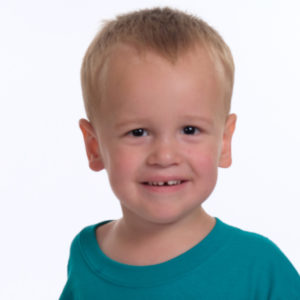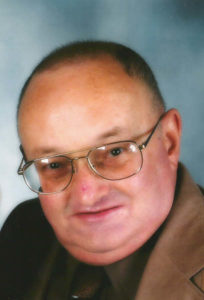One gene. Three types of ectodermal dysplasias. That’s the story of the WNT10A gene.
In our new library article, Dr. Kathy Grange, a geneticist at Washington University and Children’s Hospital in St. Louis, explains more about the WNT10A gene and how it manifests into three different types of ectodermal dysplasias. It is a member of the WNT gene family and is essential for the formation of teeth.
Learn What WNT10A Is and Is Not
Some families have told us they have “WNT10A.” It is a true statement that the affected person has that gene. But, saying WNT10A doesn’t indicate which type of ectodermal dysplasia they have.
It’s important to learn which of the three different types it is in order to understand what symptoms you may experience, how to manage them and the chances for passing the gene from parent to child.
The scenario of one gene for three types is similar to a different group of other ectodermal dysplasias caused by the p63 gene. That one gene is known to cause four different types: ankyloblepharon-ectodermal defects-cleft lip and/or plate (AEC) syndrome, ectrodactyly-ectodermal dysplasia-clefting (EEC) syndrome, acro–dermato–ungual–lacrimal–tooth (ADULT) syndrome and limb-mammary syndrome. While those conditions may share similar symptoms, they are distinct disorders. The same is true for the WNT10A types.
The Three Types
Hypohidrotic Ectodermal Dysplasia
One of the types caused by WNT10A is hypohidrotic ectodermal dysplasia (HED). HED is considered one of the most common types of ectodermal dysplasia. WNT10A is one of four different genes that can change and cause HED.
However, the form that most people have and are used to reading about is x-linked recessive ectodermal dysplasia (XLHED), which is caused by a completely different gene than WNT10A.

You can read about Aubrey’s story and how her family got a diagnosis for HED caused by WNT10A.
Odonto-Onycho-Dermal Dysplasia (OODD) Syndrome
The second type is called odonto-onycho-dermal dysplasia (OODD) syndrome. This is a more rare type of ectodermal dysplasia affecting the teeth, hair, skin and sweat glands.

Julie Carroll, a nurse and mom, shares her family’s journey to find out what was causing their son Alex to have sweating issues. Read Giraffes to Genes: Alex’s Story to learn about his diagnosis of OODD and what symptoms he has.
Schopf-Schulz-Passarge Syndrome (SSPS)

The third type is Schopf-Schulz-Passarge syndrome (SSPS). It’s another rare type of ectodermal dysplasia. Dr. Grange’s article explains its unique symptoms and the risk to develop skin cancers.
Learn More about WNT10A
You will want to read Dr. Grange’s article if you want to learn more about WNT proteins, the symptoms a person can have if diagnosed with a WNT10A disorder and how to manage the symptoms of it.
Download WNT10A ArticleThere is still a lot that we are learning about this particular gene and the WNT family of proteins! Have you or someone you loved been told you have the WNT10A gene? You can help us learn more by sharing with us your type and the symptoms you have by filling out a profile in our Ectodermal Dysplasias International Registry.
